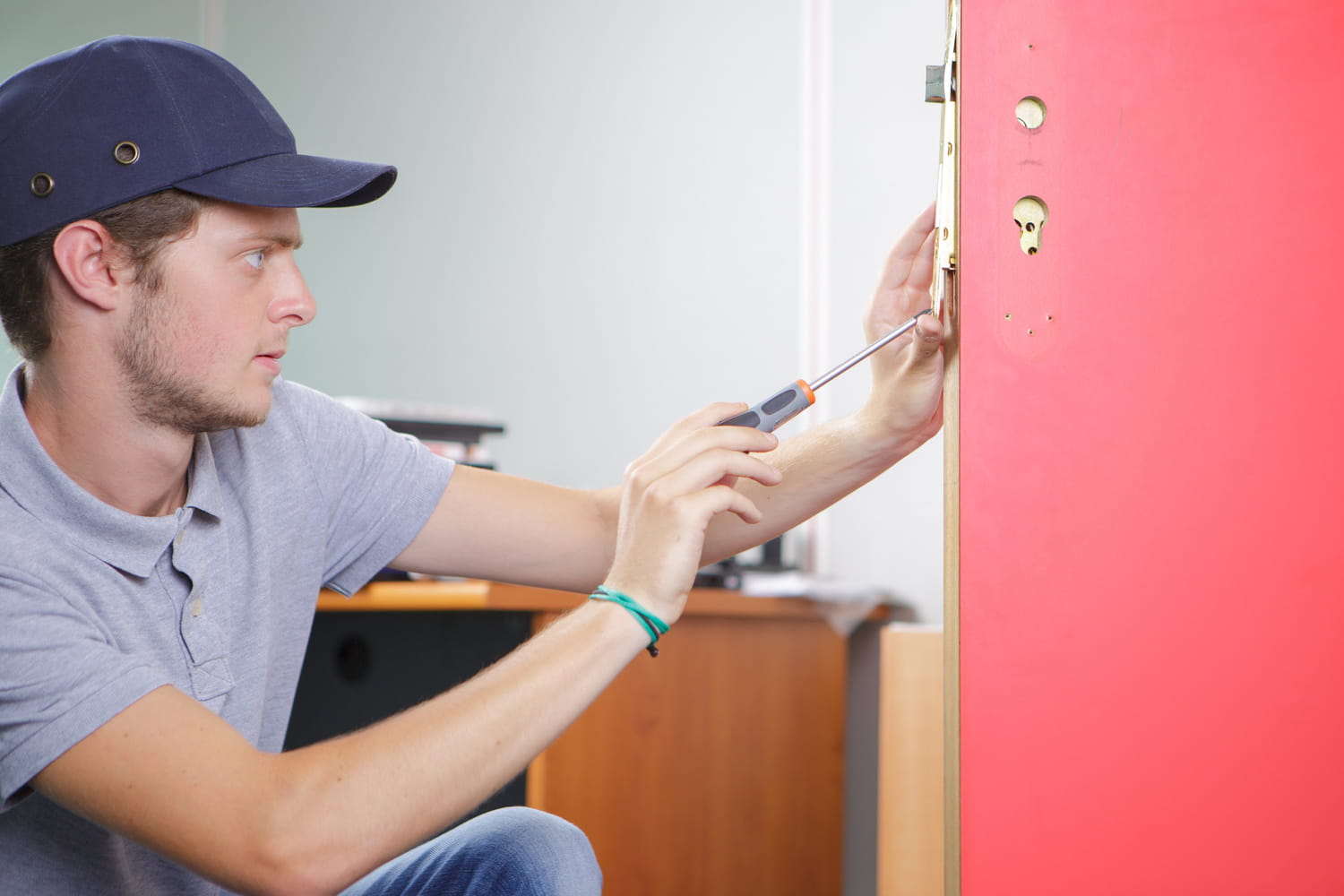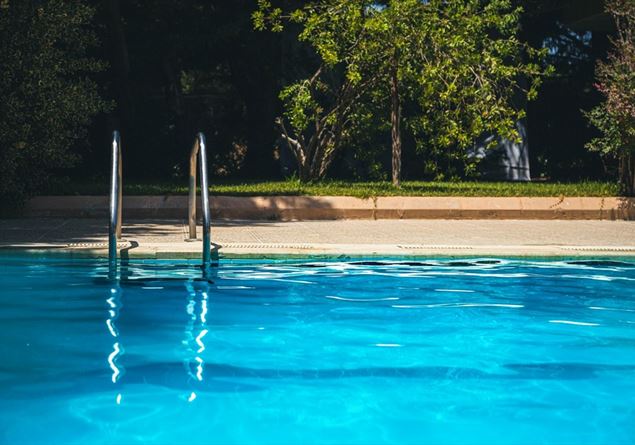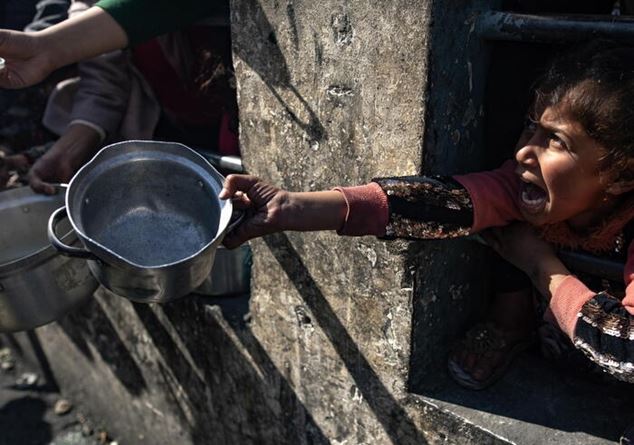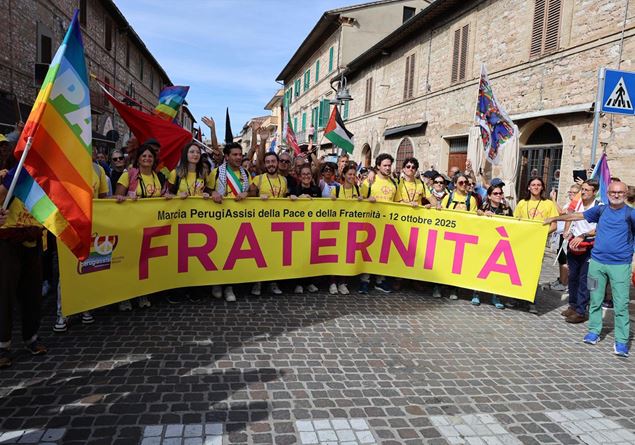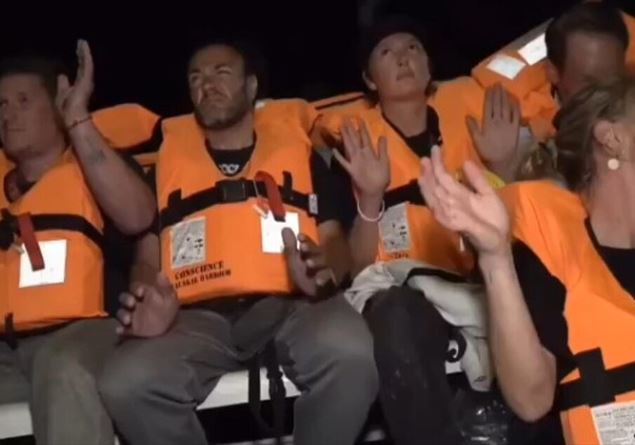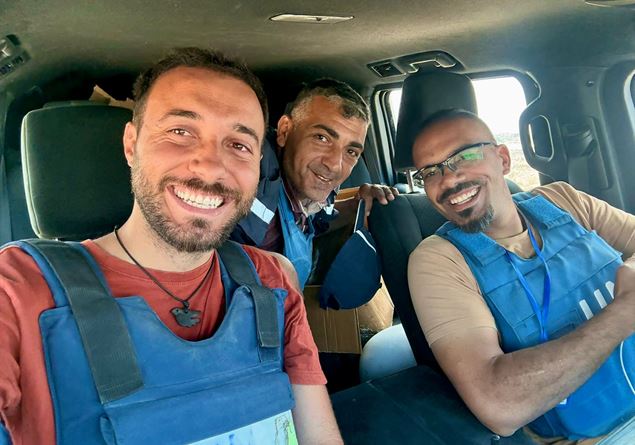It does not give peace of the children drowned in private swimming pools this summer. And even when the tragedy is averted, the little ones can report heavy physical and psychological consequences for having risked drowning. As It happened a few days ago in a Gallipoli water park, Where a 7 -year -old boy on vacation with his parents in Salento, he fell into the pool, in the area where the water is higher. It would have been the father who realized that the son floated without senses. The child was rescued but arrived in the hospital already in cardiac arrest. The doctors managed to reactivate the beat, but the stay in the water caused irreversible damage, and brain death was declared.
Most of the deaths that take place every year by drowning in the pool concern minors of 12 years. Tragedies that could often be avoided. As? We asked him to Stefano Mazzei, founder of Salvamento Academy, An organization that since 2012 has been dealing with prevention and rescue in pediatric age with a case -case ranging from the deaths in the cradle (SIDS) to an annex.
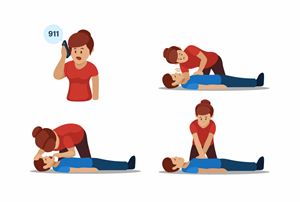
“Although it is not a matter of large numbers, the data on fatal accidents in the pools involving the minors of 12 years have worsened,” explains Mazzei. «This is because the swimming pool, be it domestic and public, is considered a safe place, while in reality it hides many pitfalls. In the swimming pools of farmhouses or other tourist residences, for example, there is almost always the lifeguard, because the law makes it mandatory only if the water is more than 1.40 meters deep (even if the legislation varies from region to region). But even in large swimming pools, where the lifeguard is rigorous, it may happen that perhaps the turret does not allow it the view of the entire structure ».
These are the basic tips that Stefano Mazzei identified for the parents who spend a day in the pool with young children:
1. You do not consider harmless mirrors of water a few centimeters deep. They are sufficient, if a very small child slips, to obstruct the airways.
2. Never distract yourself by doing other activities (such as reading or looking at the mobile phone), but always having a child at a glance, taking into account that in very crowded pools the child can easily be lost sight of, and even at the distance of an arm in order to grasp it promptly.
3. Teach the child as soon as possible to swim; There are aquatic courses already starting from the first months of life.
4. If the swimming pool is domestic, it must always be fenced, so that the child cannot access it without being accompanied by an adult.
5. Safely put the children by equipping them with well -positioned armrests.
“And even if there is a lifeguard,” continues Stefano Mazzei, “it is good that both users and the owner of the structure remember that his only task is to monitor and, in the event of an accident, help. It should not be engaged in other activities or be considered as a babysitter.
Fatality and distraction are human factors, and not entirely ineliminable, but Too many times these tragedies could have been avoided with simple tricks or a more vigilant eye».
Salvamento Academy engages 500 between doctors and nurses and non -healthcare staff as teachers throughout Italy in courses where you can learn those resuscitation techniques that can avert fatal outcomes and literally “bringing” children back to life. Even learning this type of maneuver can make a difference.

